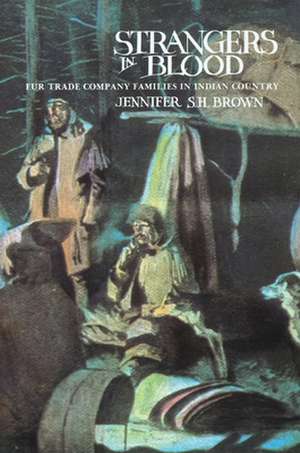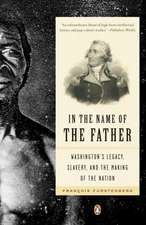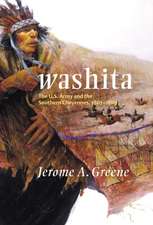Strangers in Blood
Autor Jennifer S.H. Brownen Limba Engleză Paperback – 14 feb 1996
Preț: 178.72 lei
Nou
Puncte Express: 268
Preț estimativ în valută:
34.20€ • 35.71$ • 28.24£
34.20€ • 35.71$ • 28.24£
Carte tipărită la comandă
Livrare economică 15-29 aprilie
Preluare comenzi: 021 569.72.76
Specificații
ISBN-13: 9780806128139
ISBN-10: 0806128135
Pagini: 292
Dimensiuni: 153 x 229 x 15 mm
Greutate: 0.4 kg
Ediția:Oklahoma Paperb.
Editura: University of Oklahoma Press
ISBN-10: 0806128135
Pagini: 292
Dimensiuni: 153 x 229 x 15 mm
Greutate: 0.4 kg
Ediția:Oklahoma Paperb.
Editura: University of Oklahoma Press
Textul de pe ultima copertă
For two centuries (1670 - 1870), English, Scottish, and Canadian fur traders voyaged the myriad waterways of Rupert's Land, the vast territory charted to the Hudson's Bay Company and later splintered among five Canadian provinces and four American states. The knowledge and support of northern Native peoples were critical to the newcomer's survival and success. With acquaintance and alliance came intermarriage, and the unions of European traders and Native women generated thousands of descendants. Jennifer Brown's Strangers in Blood is the first work to look systematically at these parents and their children. Brown focuses on Hudson's Bay Company officers and North West Company wintering partners and clerks - those whose relationships are best known from post journals, correspondence, accounts, and wills. The durability of such families varied greatly. Settlers, missionaries, European women, and sometimes the courts challenged fur trade marriages. Some officers' Scottish and Canadian relatives dismissed Native wives and "Indian" progeny as illegitimate. Traders who took these ties seriously were obliged to defend them, to leave wills recognizing their wives and children, and to secure their legal and social status - to prove that they were kin, not "strangers in blood". Brown illustrates that the lives and identities of these children were shaped by factors far more complex than "blood". Sons and daughters diverged along paths affected by gender. Some descendants became Metis and espoused Metis nationhood under Louis Riel. Others rejected or were never offered that coursethey passed into white or Indian communities or, in some instances, identified themselves (without prejudice) as"halfbreeds". The fur trade did not coalesce into a single society. Rather, like Rupert's Land, it splintered, and the historical consequences have been with us ever since.














